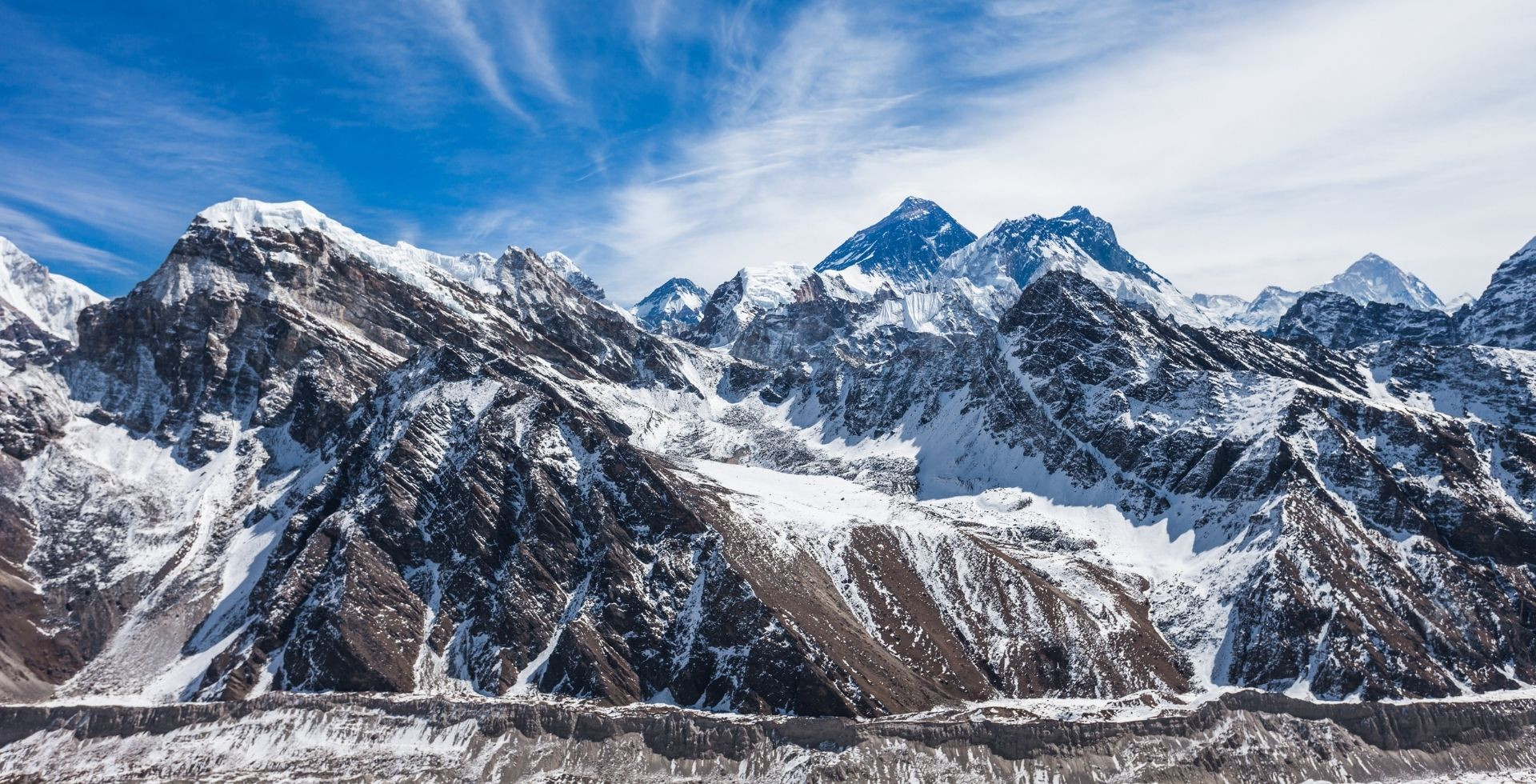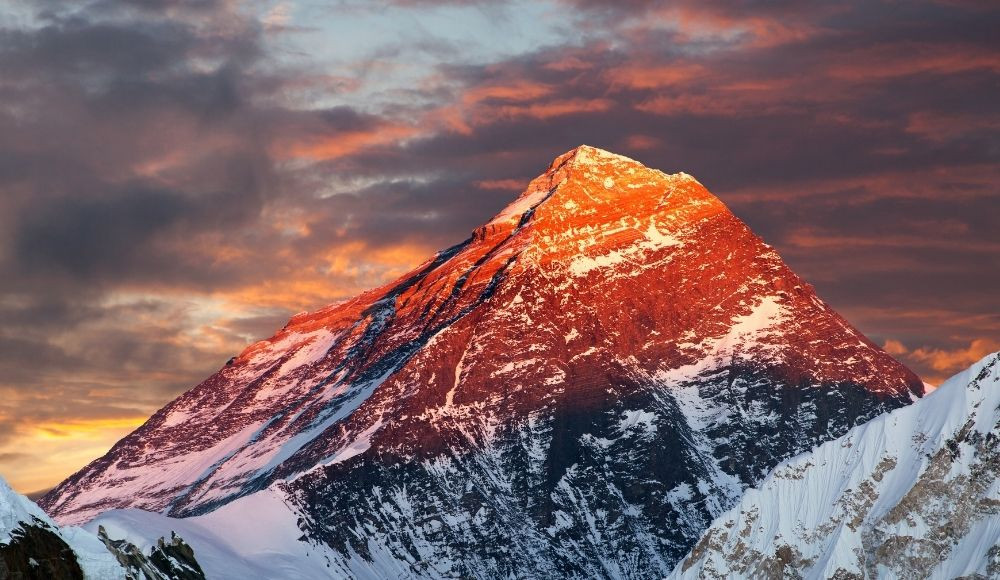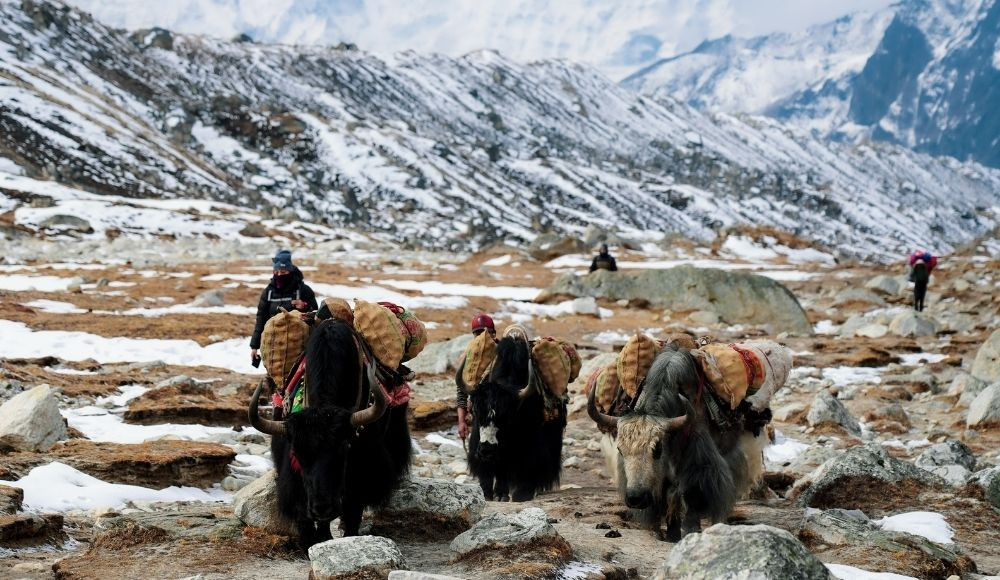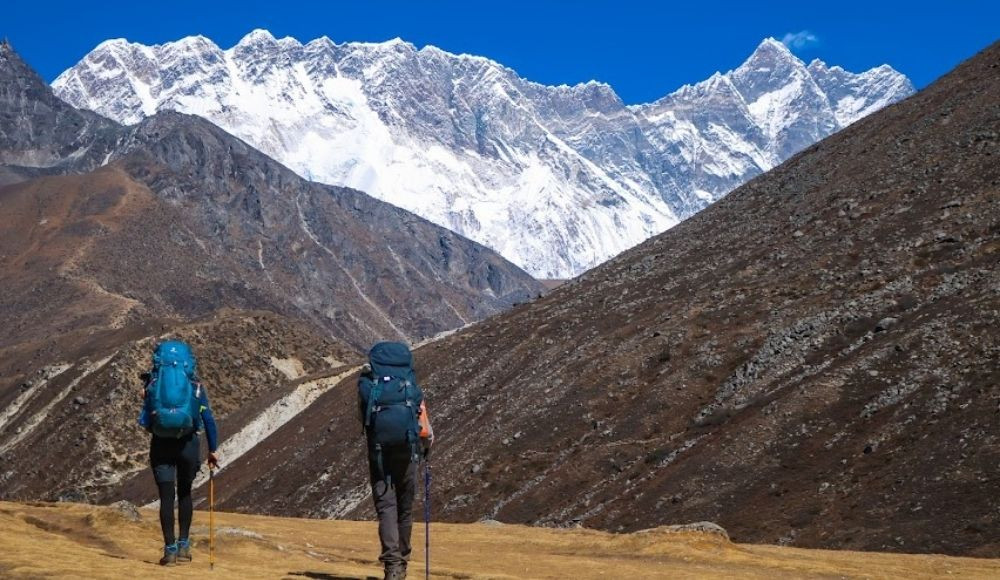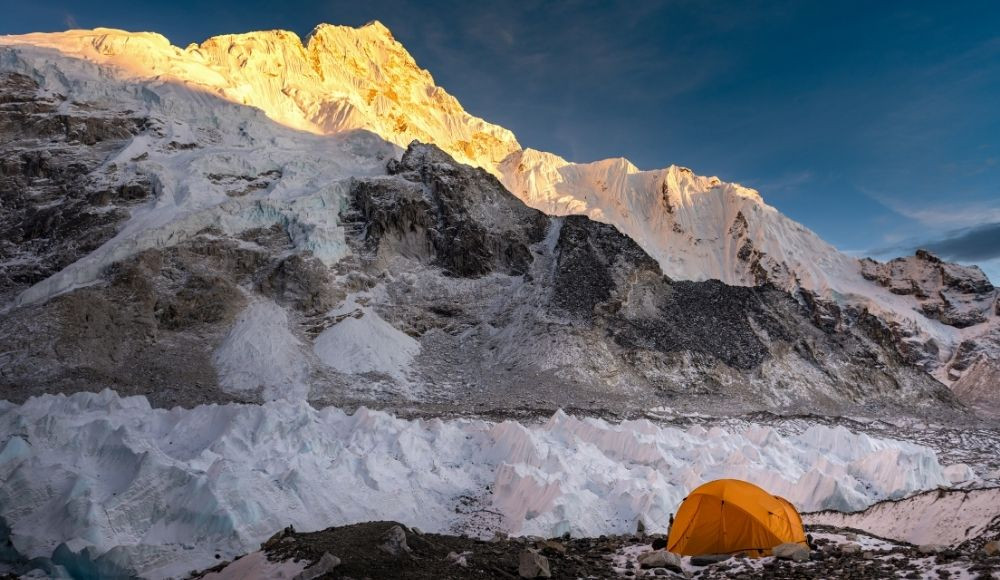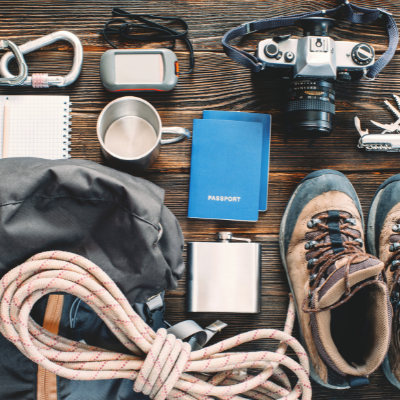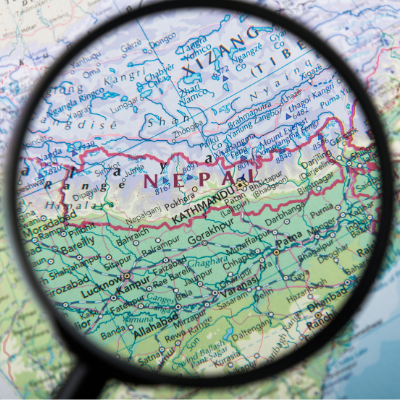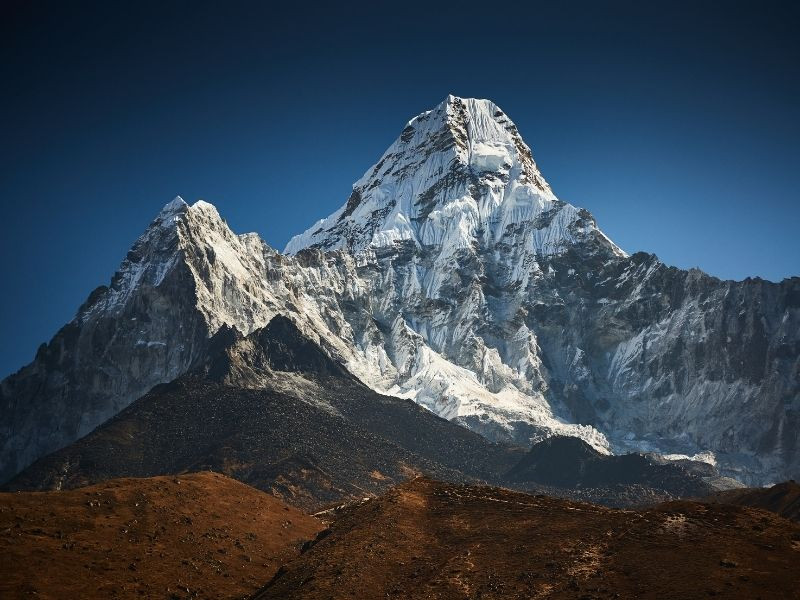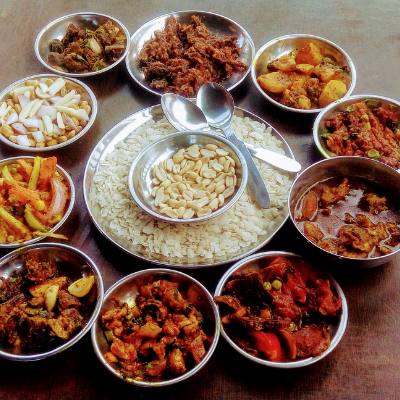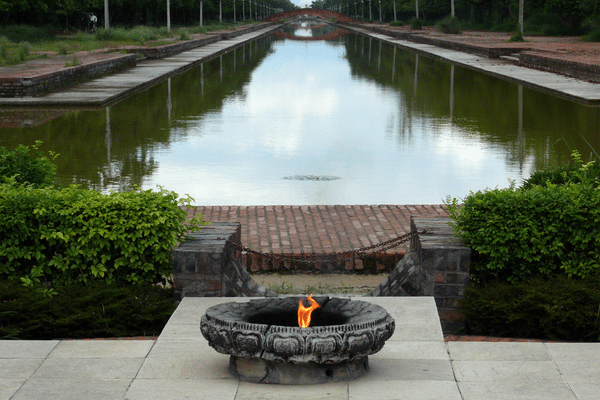Day 01: Kathmandu Arrival
This day, you will be arriving in Kathmandu. Kathmandu is the capital city of Nepal. This beautiful culturally enriched city is known for its amazing cultural artefacts, historical monuments and world heritage sites. There are 7 out of 10 world heritage sites in Kathmandu valley. Also, the greatest Pashupatinath temple, revered by Hindus, is in Kathmandu. Many Indian Hindu tourists, who visit Kathmandu, visit the Pashupatinath temple.
Upon your arrival, you will be escorted to the hotel in Kathmandu. A representative from our company will brief you about the trip plan and let you know of all the necessary information before you embark on your trip. He/She will also help you with the information to obtain the needy gear and goods that you might need during the Everest Base Camp Trek.
In the evening, if you have some spare time, you can visit Thamel or Durbarmarg to explore the nightlife in Kathmandu.
Day 02: Kathmandu Sightseeing, Trek Preparation
In the morning, after breakfast, you will go for half-day sightseeing. Kathmandu is full of wonders with its beautiful medieval durbar squares, ancient monuments, temples and mountain sceneries in the outskirts. After the half-day of sightseeing, you will be escorted back to the hotel and a representative from our company will meet you there.
All information about the guide, porter, permits, mountain problems and other necessary things to understand before trek will be provided. We’ll obtain the permit, domestic flight tickets, and make every necessary arrangement for the trek.
At the time of the briefing, you can ask us if you have any questions in mind or want to know something. After the briefing, you can get important goods and gear for the trek. A good backpack is a relief in the mountains, so it’s important that you get needy gear.
Day 03: Flight to Lukla, Trek to Phakding [2610 m/8562 ft]
A quick flight to Lukla from Kathmandu officially commenced the journey to Mount Everest. The flight to Lukla is one of the most scenic mountain flights in Nepal that offers incredible sights of Khumbu valley, some mountains and some parts of Sagarmatha National Park. The aerial views from the flights are simply astounding and it is always an adventure to get into the flight to Lukla.
The Tenzing Hillary Airport, also known as Lukla Airport, is considered one of the most dangerous Airports in the world. Though the airport landscapes are quite scary and adventurous, the efficient and well-trained pilots ensure safe arrival to the heavenly Lukla.
Though the Lukla is known for its dangerous plains and landing area, it is one of the most beautiful and highly admired airports in Nepal. The beautiful mountain landscapes, flora and fauna, hospitable Sherpas and beautiful mountain settlement makes it a vibrant place to explore while trekking to the Everest Base Camp. During the peak trekking season, Lukla Airport observes about 50 flights operating each day.
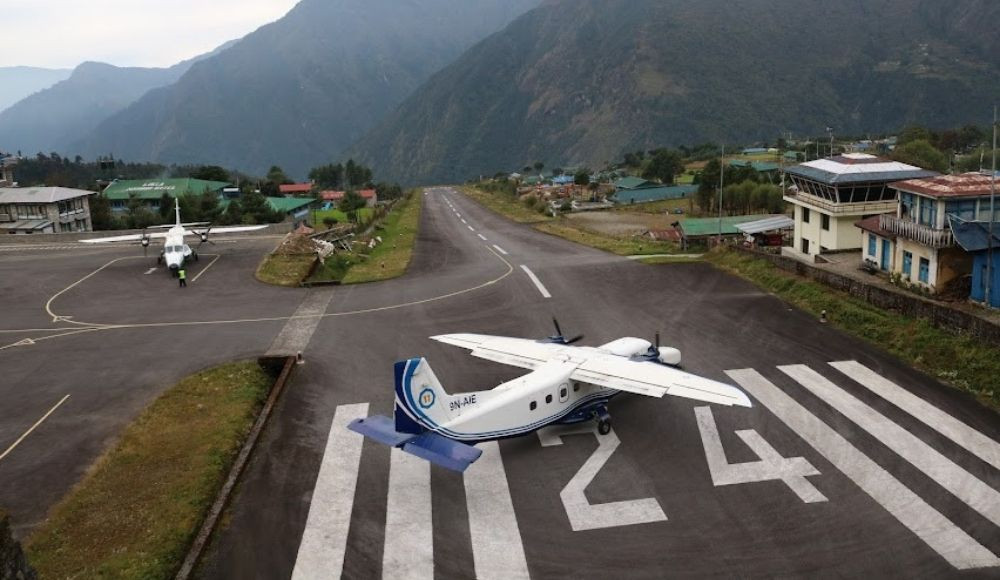
The flight time from Kathmandu to Lukla is about 25-35 minutes. And upon your arrival, you can fetch the things to begin your trek towards Everest Base Camp.
After enjoying some moments in Lukla, the trek to the stopover of the day- Phakding begins. A downward hike from Lukla to Phakding takes about 4 hours to complete. The beautiful mountain landscapes, sherpas and livestock carrying goods and supplies provides a glimpse of the remote mountain lifestyle. The never-ending Dudhkoshi river, which begins right after getting downwards from Lukla is very beautiful. Passing through the small Sherpa settlements and some rocky, paved and muddy trails takes you to the beautiful village of Phakding at an elevation of 2610 m.
Day 04: Trek from Phakding to Namche [3440 m/11286 ft]
The trek from Phakding to Namche is very interesting as you can witness some mountains and beautiful valleys with some uphill climb. This day, you will be entering Sagarmatha National Park territory. You will be trekking towards Monjo village after leaving Phakding. After reaching Monjo, you will trek towards Larchedovan. You will get the first glimpse of Mount Everest while trekking towards Namche from Larchedovan.
The thrilling suspension bridges, roaring streams and waterfalls are incredible sights to explore in this area. The herds of yaks and horses radiate a very Himalayan aura in this area.
Namche Bazaar boasts a lot of trekking gear shops, coffee shops, restaurants and hotels. It is known for the Sherpas and is also the most popular acclimatization stop in the Everest Base Camp trek.
Day 05: Acclimatization in Namche Bazaar
This day, you will stay in Namche Bazaar and explore the beautiful settlements, museums, and viewpoints. Early in the morning, you will trek towards Everest View Hotel to explore the mountain panorama and enjoy breakfast with the views of the Himalayas. This place is one of the most popular places in the Namche Bazaar area.
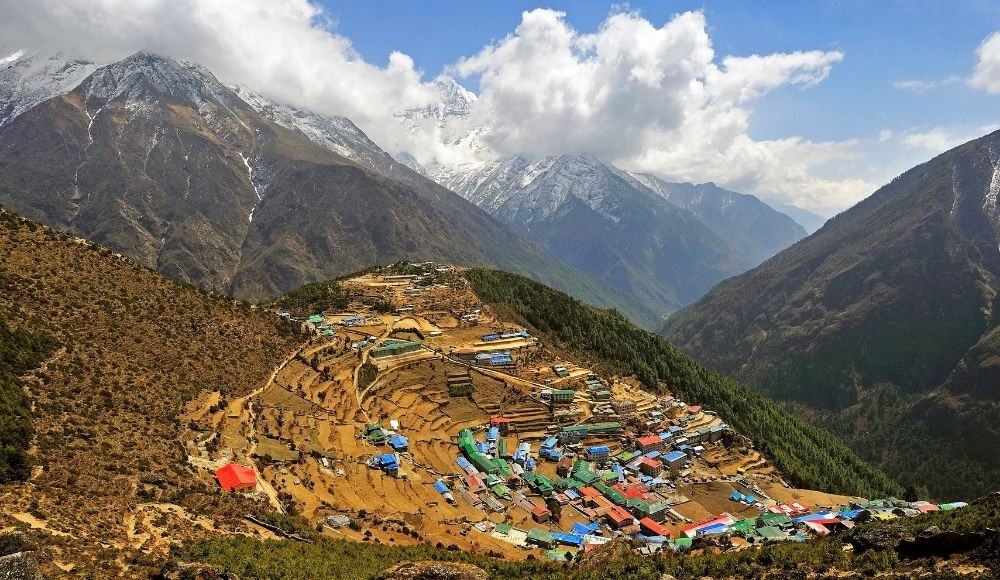
Everest, Amadablam, Lhotse, Nuptse, Kangtenga, Thamserku, Kongte, Tabuche etc. from Everest View Hotel. After exploring this place, you can return back to the Namche Bazaar.
Day 06: Trek from Namche to Tengboche [3860 m/12664 ft]
Early in the morning, after breakfast, the trekking will begin. This day, you will be trekking towards Tengboche village. This segment of the trek is fascinating with some uphill and downhill trekking. In the first two hours after beginning trekking from Namche, you will reach Kyanjuma village where the trail to Gokyo Lakes and Everest Base Camp separates. After this village, the downhill trek of about 50 minutes will take you to Phunki Tenga.
A short uphill trek ahead, you will reach Tengboche Monastery. It is one of the most popular monasteries in the Everest region of Nepal. This place is known for its spirituality and amazing mountain sceneries.
Day 07: Trek from Tengboche to Dingboche [4410 m/14468 ft]
Trekking from Tengboche to Dingboche is easier than other trails ahead. The beautiful suspension bridges and comparatively easier and flat trails make it a leisurely trek day.
Passing through Pangboche is wonderful. There is a Buddhist monastery, which you can explore during the trek. After passing the Pangboche village, you will trek towards Dingboche. You will be reaching an elevation of 4400 m above sea level. So, it might be a little difficult due to high elevation gain. Also, the chances of altitude sickness are high onwards. So, staying hydrated and having enough supplies to keep you fit is important.
Day 08: Acclimatization in Dingboche [4410 m/14468 ft]
You will acclimatize in Dingboche to adapt to the rapidly gaining altitude. You can go on some acclimatization hike to the hills and enjoy the beautiful scenery in Dingboche. Dingboche is also a wonderful place that offers spectacular Himalayan views.
Day 09: Trek from Dingboche to Lobuche [4940 m/16207 ft]
Lobuche, at 4950 m, offers an incredible experience of the mountain lifestyle and high elevation landscapes. You will be trekking towards Lobuche from Dingboche. Passing through Dughla Pass allows you to witness the memorial site along the trail. The memorial is made in remembrance of the lives that were lost in the mountain tragedies over the years.
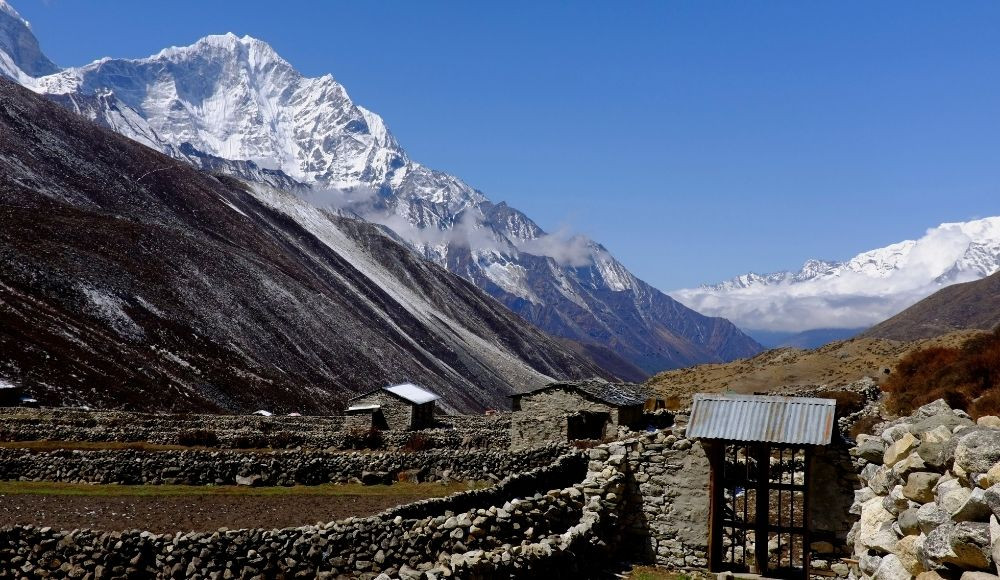
The Khumbu glacier is ahead of the memorial site. Walking through the Khumbu glacier and exploring some of the beautiful mountains is wonderful. You will reach Lobuche and explore the atmosphere around.
Day 10: Trek from Lobuche to Gorak Shep, Trek to EBC and return to Gorakshep [5164 m/16942 ft]
This is the most exciting day of the trek as you will be reaching the foot of the world’s highest peak Mount Everest. Early trekking from Lobuche will take you towards Gorakshep. From Gorakshep, you will trek to the Everest Base Camp and explore the spectacular mountain beauty from there.
After exploring Everest Base Camp, you will return to Gorak Shep for an overnight stay.
Day 11: Trek from Gorak Shep to Pangboche via Pheriche [3985 m/13074 m]
Early in the morning, you will hike to the Kala Patthar to see Mount Everest. After exploring the panoramic views of mountains in the entire Khumbu region, you will return to Gorak Shep and trek downwards to Pangboche via Pheriche. The trek after Gorakshep is mostly downhill so as you lose altitude, you will start to feel better physically.
Day 12: Trek from Pangboche to Namche [3440 m/11286 ft]
From Pangboche, you will trek towards Namche. This day too, the trek is mostly downhill. It takes about 5-6 hours to reach Namche from Pangboche.
Day 13: Trek from Namche Bazaar to Lukla [2860 m/9384 ft]
Now, from Namche, you will trek to Lukla and explore the Lukla area in the evening. This day is the last day of the Everest Base Camp trek. This day is finally a relief after a continuous walk of multiple days.
Day 14: Flight from Lukla to Kathmandu [1350 m/4430 ft]
Today, a flight from Lukla will take you back to the Kathmandu valley. Our representative will meet you at the hotel to obtain feedback from you regarding the trip.
Day 15: Departure.
Looking after your airport time, you will be escorted to the Airport for your departing flight.



